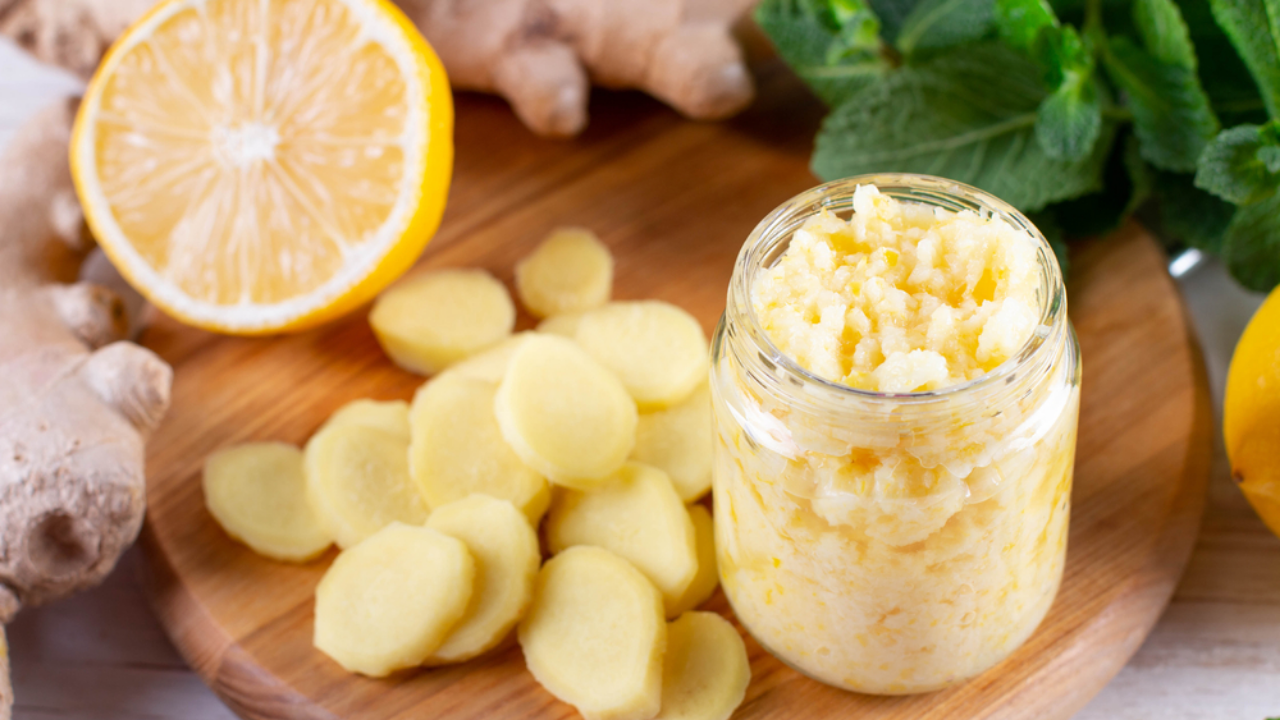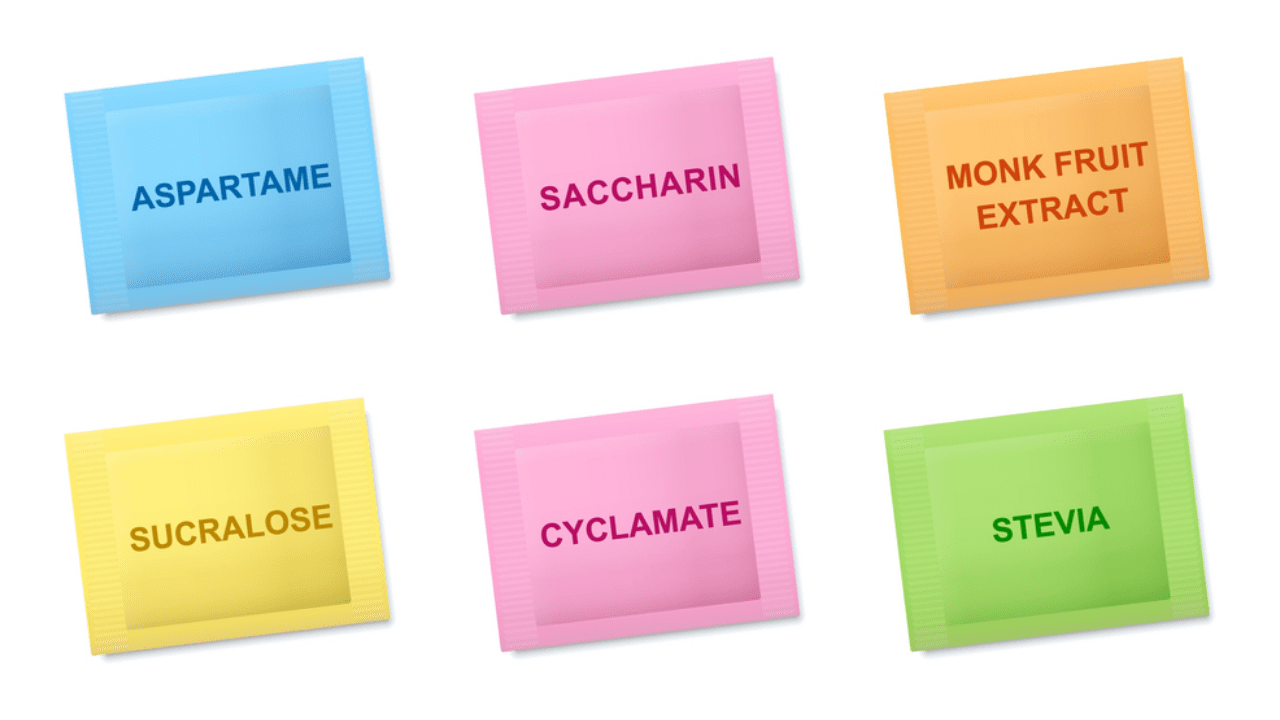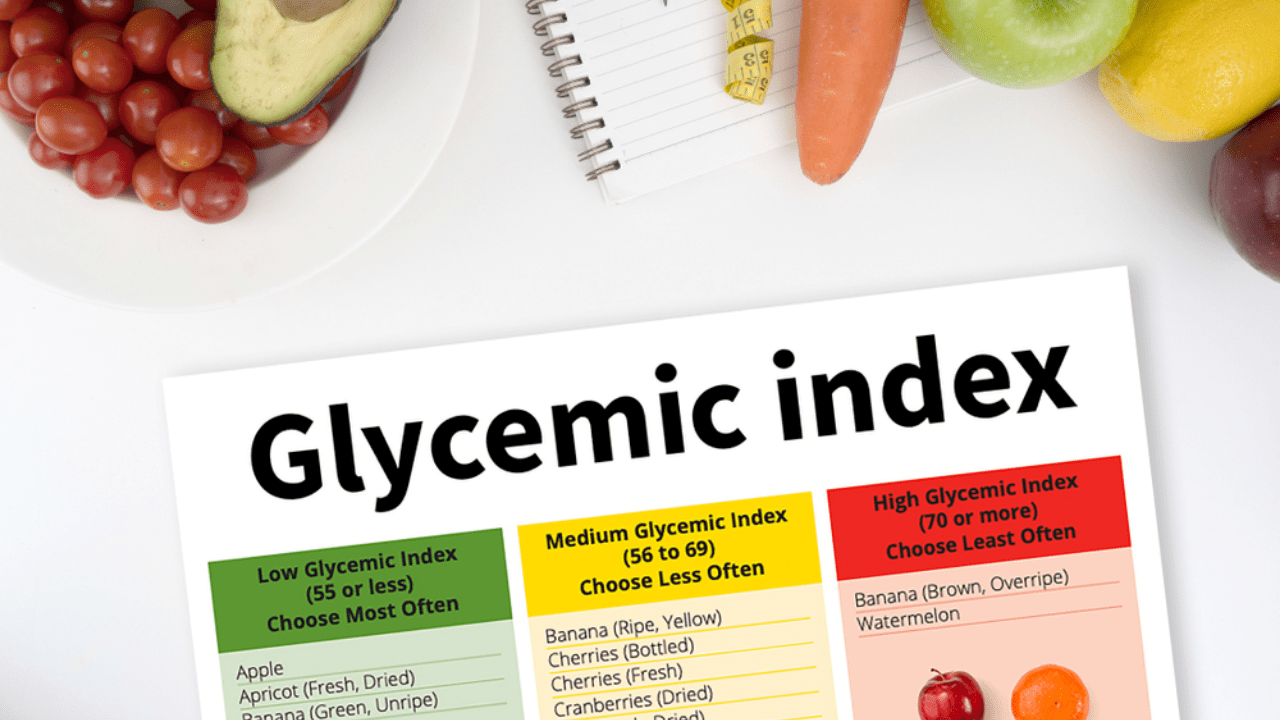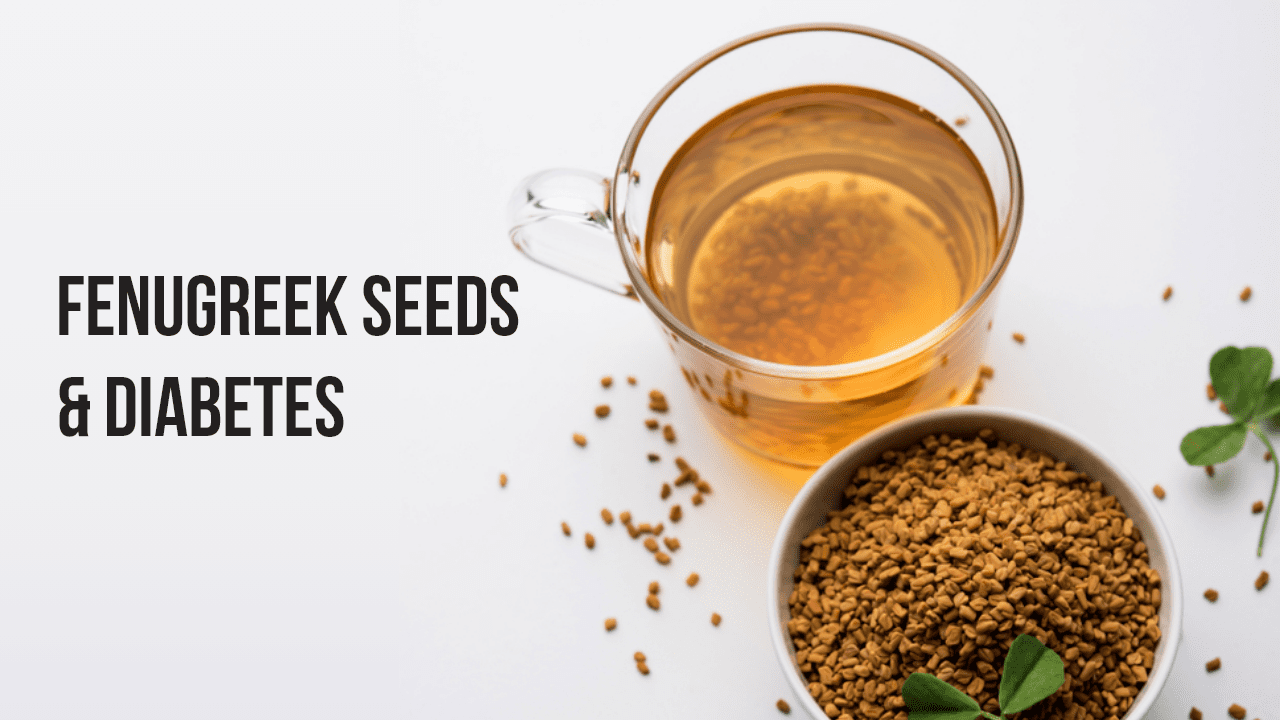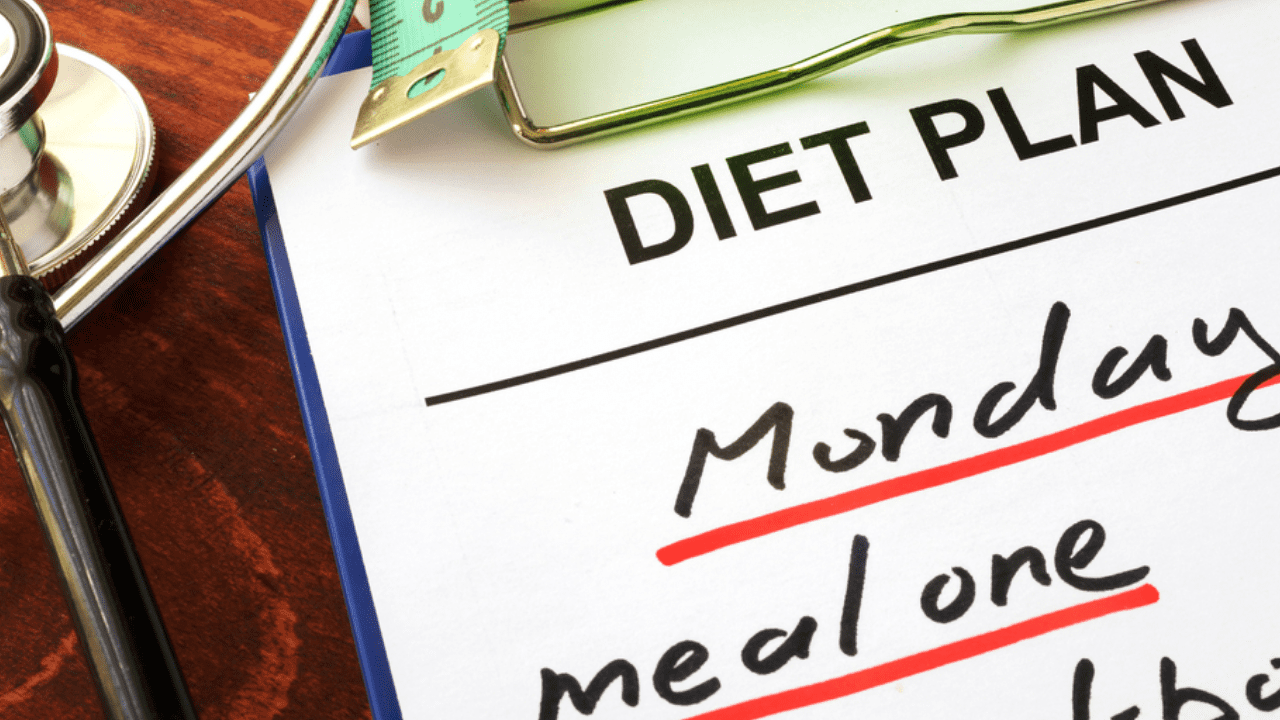
Diabetes:- is indeed called the "sweet disease" as it reduces the ability of the body to absorb sugar from the blood. Diabetes manifests in the body as inability to convert glucose (sugar) to energy. For a diabetic, the body either doesn't make enough insulin or can't use it. This causes sugars to build up in your blood. Hence, many people refer to Diabetes as "sugar."
TYPES OF DIABETES:
Type 1 Diabetes:
- Type 1 Diabetes is usually diagnosed in children & young adults.
- Only 5-7% of people with Diabetes have type-1 Diabetes.
Type 2 Diabetes:
- Type 2 Diabetes is conventionally traced in adults only & it is a prevalent form of Diabetes.
- This type of Diabetes is not necessarily insulin-dependent.
- A person who has type 2 Diabetes faces constraints in utilizing insulin properly, which is termed insulin resistance. At first, the pancreas makes extra insulin to make up for it. But, over time the body is not able to keep up & cannot make enough insulin to keep your blood glucose at normal levels.
- With adherence to the nutritional needs of Diabetes & sustained weight loss, most of the patients can suppress the symptoms & tame this condition.
Acceptable Blood Sugar Levels in Diabetes:
| TYPE OF TEST |
NORMAL BLOOD GLUCOSE LEVEL |
ACCEPTABLE BLOOD GLUCOSE LEVEL |
| Before Meal | 80-100 mg/dl | Till 120 mg/dl |
| Two hours after the meal | Less than 140 mg/dl | Less than 140 mg/dl |
| At Bedtime | Around 100 mg/dl | Around 150 mg/dl |
| HB1AC | 5- 5.9 | Normal |
| 6- 6.5 | Pre-Diabetes | |
| 6.5- Above | Indicates Diabetes |
Warning Signs of Diabetes:
Frequent Urination:
Frequent urination is a primary symptom of Diabetes. If blood glucose levels become too high, the body will try to manage the situation by removing glucose from the blood through the kidneys. In this process, the kidneys will also filter out more water & you will need to urinate more than usual as a result.
Excessive Thirst:
Feeling thirsty all the time is a symptom of diabetes. In fact, in several cases thirst may be stronger than usual & may continue even after they drink water.
Diabetes & Sudden Weight Loss:
In a diabetic patient, the body burns fat & muscle for energy, thus, altering overall body weight. Sudden weight loss is often noticed in diabetic patients before a diagnosis of type 1 Diabetes but can also be witnessed in type 2 Diabetes.
Increased Fatigue:
If insulin is poor in the body or is enitrely absent, then, glucose will be unable to enter cells & induce energy. This burdens the body with tiredness & fatigue.
Blurred Vision:
High levels of blood sugar resulting from Diabetes can affect your ability to see by causing the lens inside the eye to swell, which can result in temporary blurring of eyesight.
If the blood sugar levels are fluctuating over time, one may notice that the vision improves or worsens over time.
Complications of Diabetes:
People with Diabetes have an increased risk of developing several serious health problems.
Cardiovascular Disease:
The most commonly seen complication in Diabetes is the impact on the heart & blood vessels which may increase the risk of heart attack & stroke.
Kidney Disease:
Diabetes can cause damage to small blood vessels in the kidneys leading to the kidneys becoming less efficient or failing altogether.
Nerve Disease:
Diabetes can cause damage to the nerves throughout the body when blood glucose & blood pressure are too high. This can lead to problems such as indigestion & erectile dysfunction among others.
Eye Disease:
Most people with Diabetes may develop some form of eye disease (retinopathy) causing reduced vision or blindness. Consistently high levels of blood glucose, along with high blood pressure & high cholesterol, are the main causes of retinopathy.
Pregnancy Complications:
Women with any form of Diabetes during pregnancy are susceptible to several complications if they do not carefully monitor & manage their condition.
Nutritional Requirements:
Carbohydrate & Dietary Fiber:
Carbohydrate restriction impairs insulin sensitivity & high carbohydrate diet helps to reverse it. Carbohydrates should contribute about 55% of the total energy intake of which about 20% should be simple carbohydrates & complex carbohydrates should fulfill the remaining carbohydrates requirement. Foods containing carbohydrates from whole grains, fruits, vegetables, & low-fat milk should be included in a healthy diet.
Intake of Dietary Fiber may be enhanced to 25-30gm per day.
1. Dietary fiber & complex carbohydrates benefit type 1 & type 2 Diabetes. Such diets lower insulin requirements.
2. Increases peripheral tissue insulin sensitivity.
3. Decreases serum cholesterol & triglyceride values
4. Aids in weight control
5. Lowers B.P.
Diets high in carbohydrates & fiber improve glucose metabolism without increasing insulin secretion. In additon, high fiber diets promote weight loss.
Protein:
A diet high in protein is suitable for people with Diabetes because protein does not raise blood sugar during absorption, like carbohydrates & it does not contain as many calories as fats.
One gram of protein per kilogram of body weight is adequate but more may be given as required. Accordingly, the number of fats & carbohydrates may be proportionately reduced. Protein also promotes satiety & helps both types of diabetic patients to adhere to the carbohydrate allowance
Fat:
The low-fat diet increases insulin binding & also reduces bad cholesterol levels (LDL). This helps to lower the incidence of heart disorders which are more common in diabetics. Fat content in the diet should be 15-25% of total calories & higher in polyunsaturated fatty acids.
Glycemic Index:
The glycemic index (GI) is a ranking of carbohydrates on a scale from 0 to 100 based on the extent to which they raise blood sugar levels after eating. Foods with high GI are rapidly digested & absorbed, thus result in marked fluctuations in blood sugar levels.
Diabetics Should Prefer Low Glycemic Foods, Here is a List of a Few Commonly Used Foods:
| LOW GI (>55) |
MEDIUM GI (55-70) |
HIGH GI (70-100) |
| Bulgar Wheat | Rolled Oats | White Rice |
| Semolina | Brown Rice | White Bread |
| Sweet Potato | Couscous | Mashed Potato |
| Chana Dal | Urad (black beans) | - |
| Lentils (red, green) | Whole Moong | - |
| Milk & Milk Products | Ice Cream | - |
| Soy Milk | - | - |
| Yogurt (unsweetened) | - | - |
| Apple | Pineapple | Watermelon |
| Pear | Papaya | Fruit Juice (concentrated) |
| Cherries | Banana | - |
| Cherries | Banana | - |
| Cabbage | Green Peas | Pumpkin |
| Bell Peppers | Frozen Beans | Beetroot |
| Onion | Yam | Carrot |
| Walnuts | Raisins | Dates |
| Dried Apricots | - | - |
| Peanut | - | - |
| Fructose | Honey | Maltose |
| - | Sucrose | Glucose |
Dietary & Lifestyle Guidelines for Diabetes:
- Eat Complex Carbohydrates like wheat, jawar, bajra, ragi etc. instead of simple sugars like sucrose, glucose & fructose that are present in table sugar, honey, fruit juice, etc.
- Use whole pulses like chana, rajma, & soybean instead of split pulses or their dals.
- Consume plenty of green leafy vegetables & variety of raw vegetables such as cucumber, carrot, cauliflower, cabbage, lettuce, onion & tomato. This will help to experience satiety.
- Use such cooking methods which require minimum amounts of fat. So one should eat boiled, steamed & grilled food instead of fried food. Using a non-stick pan reduces fat consumption.
- Stress aggravates disease in the body. You can control stress by using relaxation techniques like meditation, pranayama, yoga & by listening to music or taking a short holiday.
- If you have Diabetes, practice caution when consuming alcohol. Do not drink on an empty stomach or when your blood glucose is low. If you choose to drink, follow the above guidelines & always consume alcohol along with food.
Table Sugar vs Artificial Sugar:
| TABLE SUGAR | ARTIFICIAL SWEETENER |
| Sugar is a source of carbohydrate & energy. | All artificial sweeteners are chemically processed. |
| It provides 4 calories per gram or 16 calories in a level teaspoon (4g). | Sweeteners affect the body's ability to gauge how many calories are being consumed. |
| Sugars in moderation can be a part of a healthy balanced diet. 1 tsp per day is an ideal amount for a diabetic. | Diabetics must count these starch-based sweeteners as part of their carbohydrate limits since insulin is required for their metabolism. |
Hence, the key to keeping your blood glucose levels in check is to substitute small portions of sugar & sweeteners for other carb-containing foods in your meals & snacks. Moderation is the key to sugar substitutes. Stay informed & look beyond the hype.
Sugar/Honey/Jaggery/Brown Sugar which one is better?
Sugar, honey, jaggery & brown sugar are similar as far as the calorie content is concerned.
Jaggery does have a little amount of iron & other minerals present in it, making it a healthier alternative.
However, honey & jaggery both might be available in the market as synthetic variants. Hence it is better to stick to normal sugar.
Hence to end on a funny note,
"EAT LESS SUGAR; YOU ARE SWEET ALREADY"



